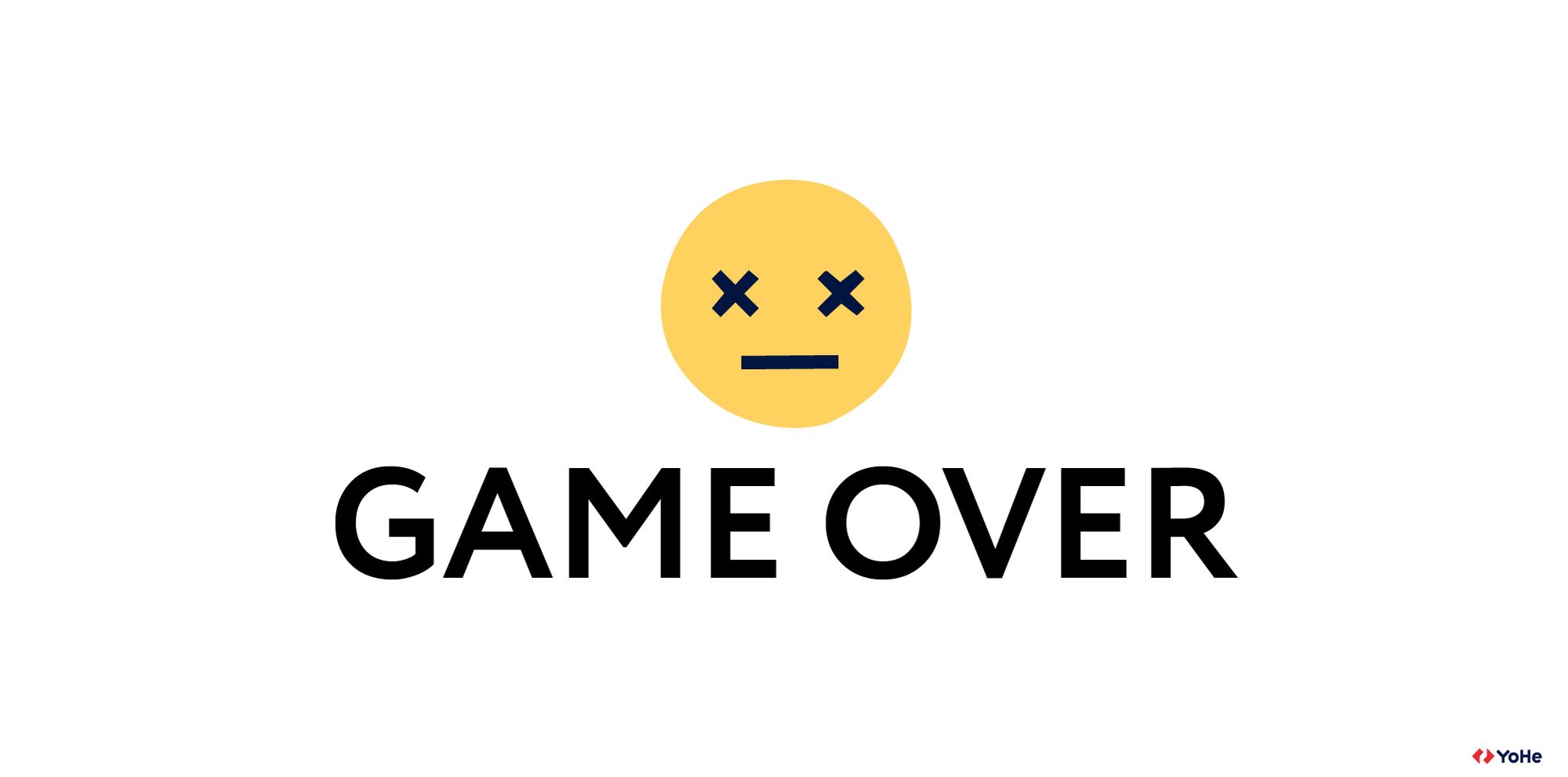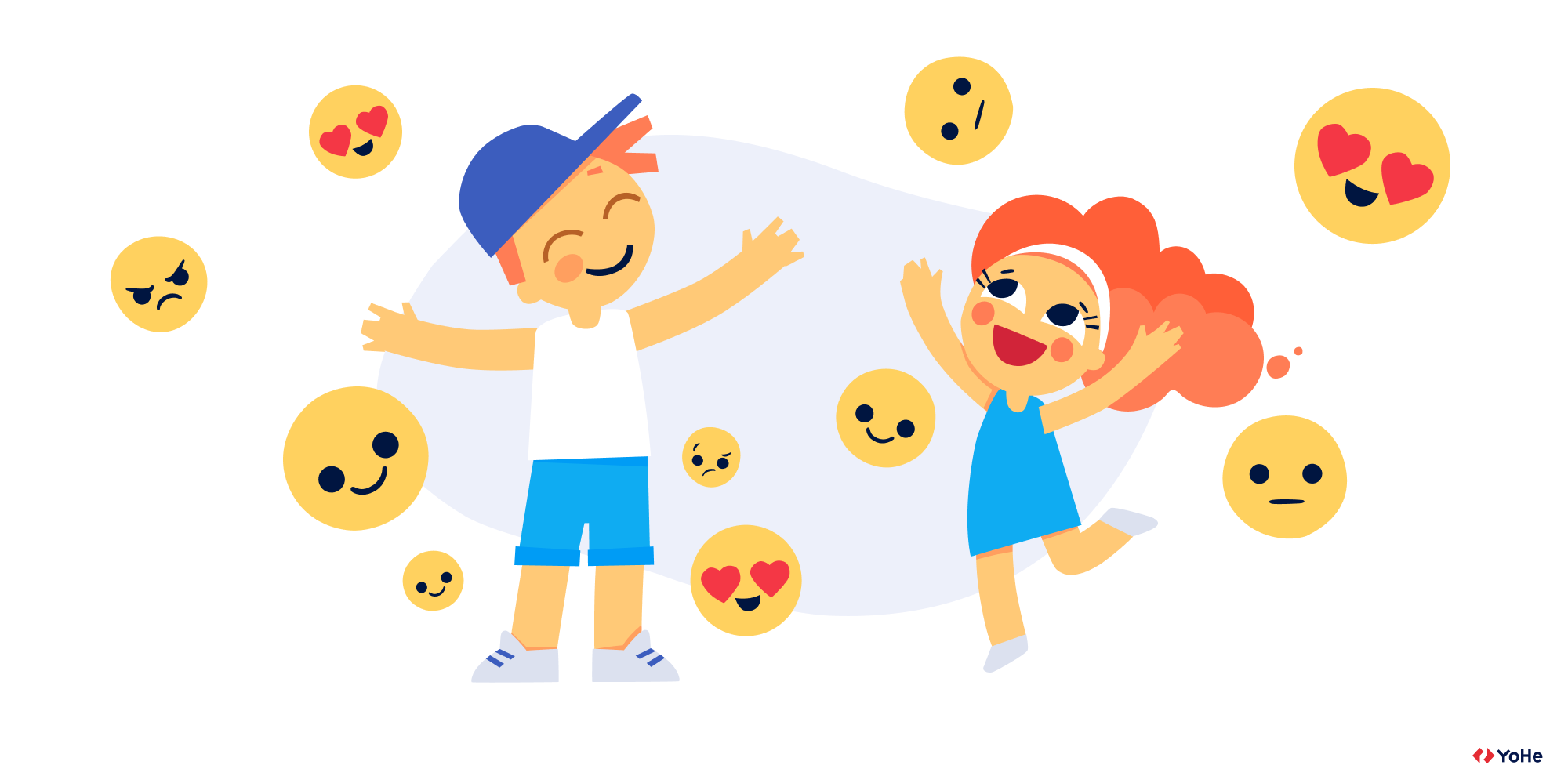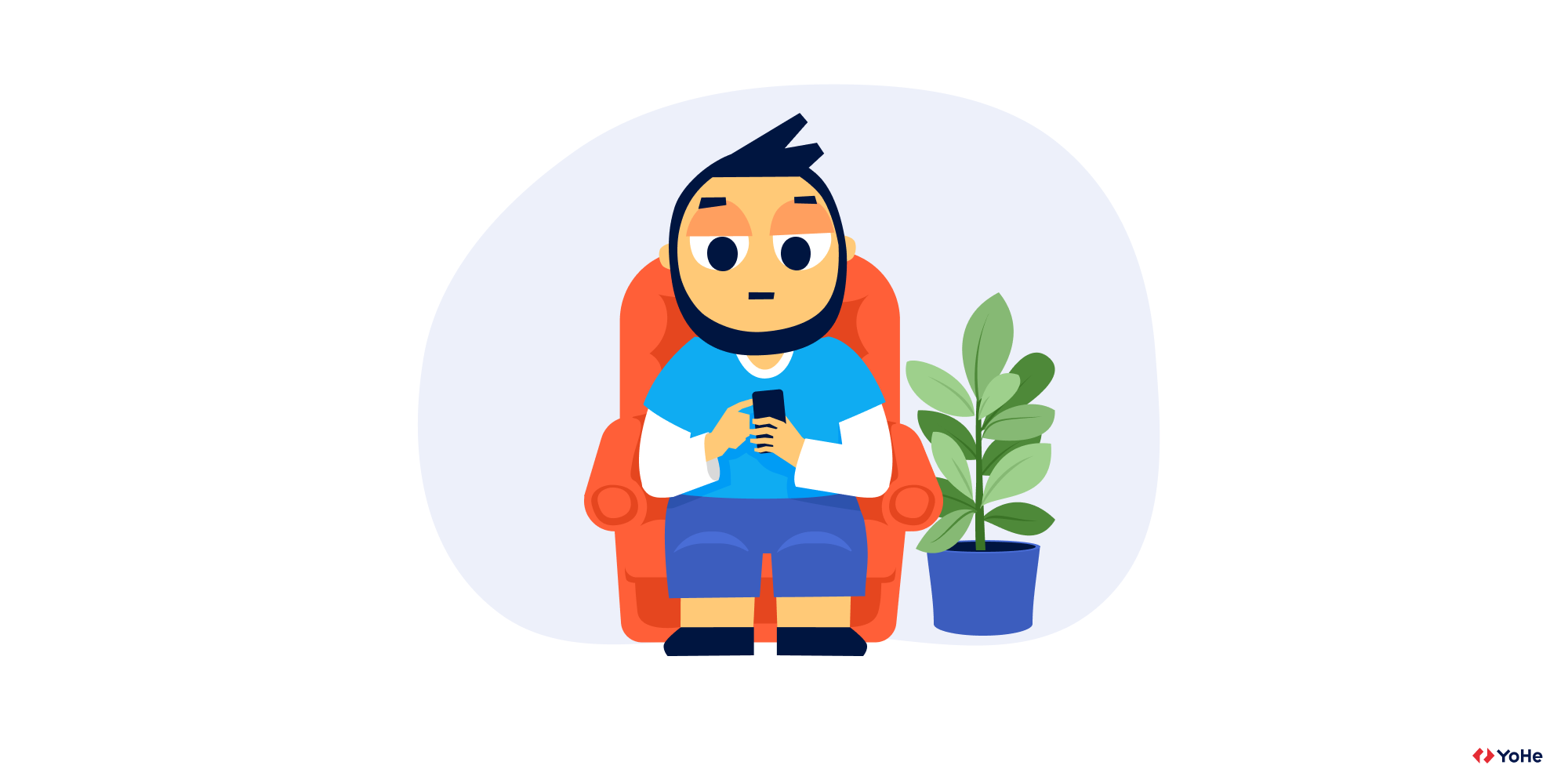Gamification over the past few years has become not just a trend, but an entire industry. Very expensive one. According to a study from Zippia, the total volume of this market in financial terms is already about $ 12 billion. And 70% of large companies use gamification one way or another in their products.
Brands like game elements not just because they're fun. There are more reasons for that. Having a good time while doing something relatively boring significantly increases engagement. And it directly affects customer loyalty.
In this article we'll talk about the ways the gamification works, and how it can help a company interact even more effectively with its users.
Where to use it?
Gamification works very well in routine interactions. For example, if this is an educational product where users need to do certain exercises. Not everyone is ready to do good old "homework" if it looks as boring as in school textbooks. But everything changes if monotonous exercises become something like a fun game.
"Looks like you missed your Spanish lesson again. You know what happens now!", ― yes yes, we are talking about Duolingo. This is one of the most famous examples of successful gamification. Users not only get spooky pop-ups from the green owl, but also collect various badges, participate in challenges (individually and with friends), earn diamonds, and so on. As a result, more than 300 million people around the world use the app to learn languages.
Another successful example is the clothing brand Moosejaw. Thanks to the elements of gamification, I was able to increase their sales by 76%. And 240 thousand times appeared in recommendations in social networks. Users were offered to play a quick Moosedraw card game and win a $ 2,000 shopping trip. Now the brand has added a new game at the shopping cart stage, where you can win free shipping. Or, in case of failure, pay double the price.

What happens to metrics?
The main advantage of gamification is that it greatly increases the level of engagement of users who continue to return to the site/app. Engagement, at the same time, contributes to the growth of loyalty.
According to a study from Gigya, brands receive 13% more comments on social networks and 22% more reposts. This increases the visibility of the company's content by 68%.
M2 also claims that engagement metrics show growth from 100 to 150 percent. And TechValidate found that 30% of companies using gamification were able to improve their conversion rate by up to 50%.
By the way, this works not only for the company's clients. Gamification also has a positive impact on employee-related metrics. As we have mentioned several times before, the Employee and Customer Experiences are strongly connected to each other. Consumers are deeply concerned about how corporations treat their employees.
Providing a great EX will not only set the team up to create a better customer experience, but also strengthen your reputation in the eyes of users. In turn, gamification also supports the level of employee engagement and helps you remember up to 60% more information when it comes to staff training.
Some gamification rules
Be social. A key component of gamification is recognition, so always try to integrate social media into your ideas.
Encouragement. Give new members bonus points. Just because they joined the game.
Not too hard, not too easy. One of the most difficult aspects of gamification is making participation accessible in terms of difficulty. Tasks that are too simple or too difficult can equally negatively affect user engagement.
Competitive spirit. Don't forget about rewards for achievements and leaderboards. For example, respondents can collect points for completing surveys. They can then be exchanged for prizes or discounts on products and services.
Transparency. Make sure that the rules of the game (as well as the conditions for obtaining a particular achievement) are as transparent and understandable to the user as possible.




